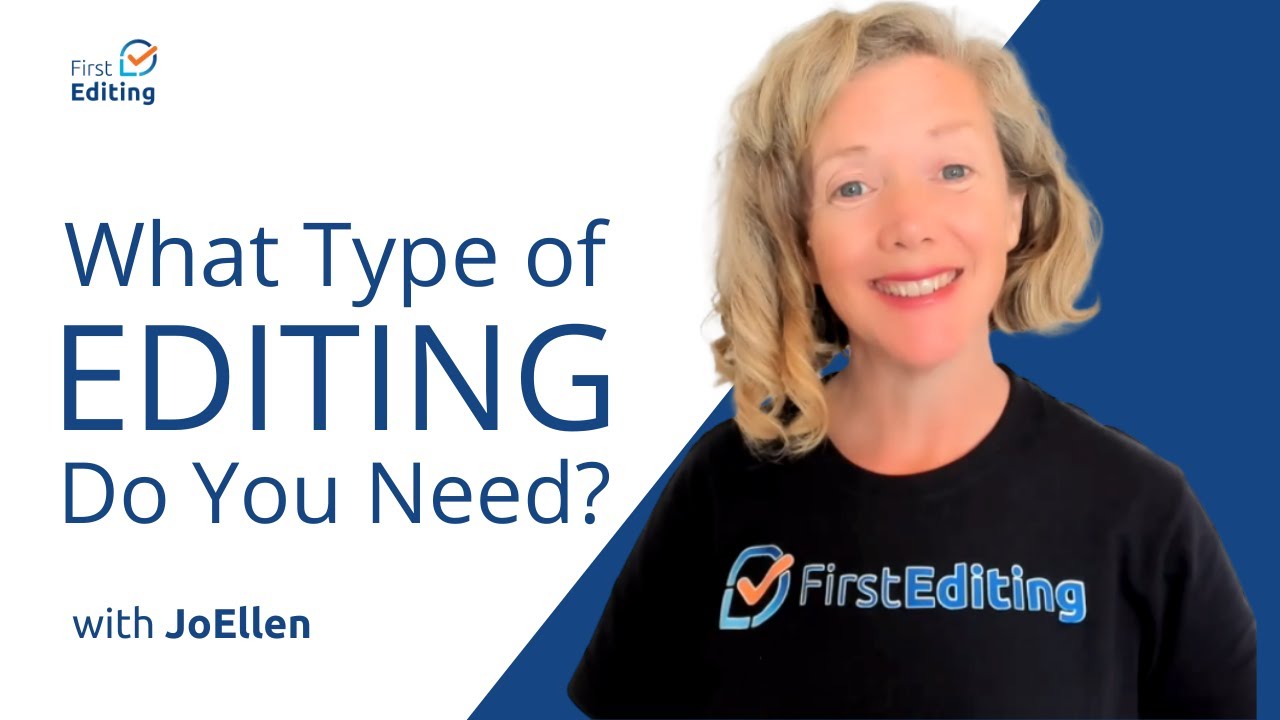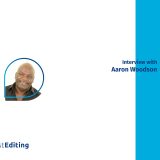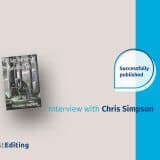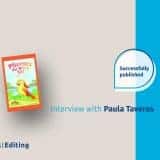
Basic grammar skills are paramount in today’s society. It takes nothing more than an error on a cover letter or resume to be rejected from a job before you’ve had a chance to interview. People who view advertisements with typos are less likely to patronize those businesses. Basic grammar is important. English editing is tricky. Like any other language, English is a language of subtlety and nuance. While basic punctuation skills are taught in the public school system at the elementary level, not much time is spent with our friend the semicolon. Admittedly, many people struggle with the use of this punctuation mark. By the end of this blog, you will be a semicolon user, I promise! Allow this English editor to show you how to use a semicolon properly; something that befuddles most people.
Let’s begin with the basics: What is a semicolon?
A semicolon is a punctuation mark that is used internally in sentences, or at the end of a bulleted list. When it appears in a sentence, it is used to separate two sentences where there is no conjunction. For example:
1) I am writing this blog to educate you about the use of the semicolon; when we’re done, you will understand this punctuation mark perfectly!
In the above instance, the semicolon takes the place of the word “and.”
Semicolons are also used inside of sentences to separate items in a series when commas appear with those items.
For example:
2) I am traveling to Washington, DC; Nebraska; Tulsa, Oklahoma; and New York, New York in the next six months.
In the above instance, the semicolon is used to signal to the reader where each new location begins. Using just commas wouldn’t be grammatically incorrect, but the semicolon in this instance helps signify starting/stopping and makes this sentence easier to read. In this instance, the preferred punctuation is our friend the semicolon.
There are also “signal words” that will help you know when to use a semicolon. Words such as “however,” “therefore,” and “that is,” (there are more signal words, these are just a sampling) are all words that can signify a new sentence, and it is proper in English writing to join these with a semicolon. It is important to make sure that the clause can stand on its own before using the semicolon.
For example, you would use the semicolon in these three instances:
1) As a professional editor, I am explaining the usage of the semicolon to you; however, even I make mistakes.
2) I used to struggle with using the semicolon; that is, until I read several books on grammar and learned how to use it properly.
3) Using a semicolon does not come easily when writing; therefore, it is important to practice.
All of the above sentences are examples of how to properly use a semicolon to join the independent clauses using the signal words.
The third and final example in this blog is similar to the previous example of separating items in a list, but the semicolon also can be used in a bulleted list to show that all of the items are connected to each other. For example:
1) I am packing to go on a trip this weekend, and I am bringing:
- a toothbrush, toothpaste, and sunscreen;
- shampoo and conditioner;
- a change of clothes;
- pajamas and a robe; and
- my camera.
In the above instance, by using a bulleted list and the semicolon, I successfully have listed a large amount of items, but placed them in a format for the reader that is easy to follow. A lot of non-fiction texts that incorporate lists will use the semicolon in this manner.
While this professional editor has given you a lot to digest, I hope you’ve found this information on the semicolon useful. Remember to proof your writing! If you need assistance, the editors at First Editing are available to assist you.










